SOURCE: IDRW.ORG.


The Indian Air Force (IAF) has taken a significant step toward preserving its aviation heritage by initiating the revival of two MiG-23UB trainer aircraft. Through its Headquarters Maintenance Command (HQ MC), the IAF has issued an Expression of Interest (EoI) inviting qualified Indian firms to participate in the restoration and maintenance of these historic aircraft. The selected firms must have the technical expertise, financial stability, infrastructure, and experience required to make these MiG-23UB trainers flyworthy once again, and to support their long-term upkeep as part of the IAF’s Heritage Flight.
The MiG-23, an iconic swing-wing fighter developed by the Soviet Union, served in the IAF from the early 1980s and played a crucial role in bolstering the force’s air superiority capabilities. Known for its powerful performance in high-speed intercepts, the MiG-23 fleet included variants like the MiG-23MF, MiG-23BN, and the MiG-23UB, which was specifically designed as a two-seat trainer for pilot training and specialized missions. The MiG-23MF variant was retired in March 2007, followed by the MiG-23BN ground-attack variant in March 2011. However, a limited number of MiG-23UB trainers continued to operate for specialized roles within the IAF, maintaining a connection to the aircraft’s rich legacy within the service.
Continue readingSOURCE: IDRW.ORG.
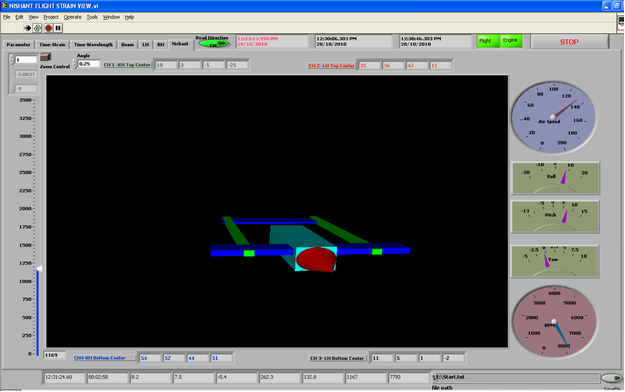

The Technology Development Fund (TDF) has issued a call to Indian Micro, Small, and Medium Enterprises (MSMEs) to develop a Fiber Bragg Grating (FBG)-based Structural Health Monitoring (SHM) system. The aim of this initiative is to enhance the structural integrity of various vehicles and systems by continuously monitoring their health throughout their operational lifespan, ensuring both safety and economic efficiency.
Structural Health Monitoring (SHM) systems are designed to monitor the health of a structure, ensuring its static strength, durability, and damage tolerance during its specified usage period. The primary goal of SHM is to prevent unexpected structural failures, which can pose safety risks and lead to expensive repairs. By having structures equipped with SHM systems, maintenance teams can receive real-time data on the overall health of the structure based on information gathered from built-in sensors and analyzed by SHM algorithms.
Continue readingSOURCE: RAUNAK KUNDE / NEWS BEAT / IDRW.ORG


Russia’s Rosoboronexport has proposed its Su-35 multi-role fighter for the Indian Air Force’s (IAF) ambitious Multi-Role Fighter Aircraft (MRFA) program, which aims to procure 114 advanced fighters. According to Rosoboronexport officials, the company has ramped up Su-35 production to double-digit levels, despite the ongoing war, and is prepared to deliver the required quantity to India should the Su-35 be selected.
The Su-35, an advanced and highly manoeuvrable multirole fighter, boasts a range of capabilities that align with IAF requirements for air superiority and ground attack roles. Equipped with an upgraded AL-41F engine—an advanced iteration of the AL-31F used in India’s existing Su-30MKI fleet—the Su-35 promises both ease of transition for IAF pilots and significant performance enhancements.
Continue readingSOURCE: RAUNAK KUNDE / NEWS BEAT / IDRW.ORG


The Indian Army is set to begin trials for the much-anticipated Mounted Gun Systems (MGS), with three contenders from India’s defence industry preparing to showcase their artillery solutions. The Army’s requirement for around 300 units of MGS has prompted significant competition between DRDO-Kalyani, Tata Advanced Systems Limited (TASL), and Advanced Weapons and Equipment India Limited (AWEIL).
DRDO, in collaboration with Kalyani Group, has developed a 155mm/52 calibre Mounted Artillery Gun System (MGS), which is already undergoing company trials. Mounted on a BEML-developed Tatra 8×8 chassis, the DRDO-Kalyani MGS is designed for high mobility, allowing the rapid deployment of artillery firepower in diverse terrains.
Continue readingSOURCE: RAUNAK KUNDE / NEWS BEAT / IDRW.ORG
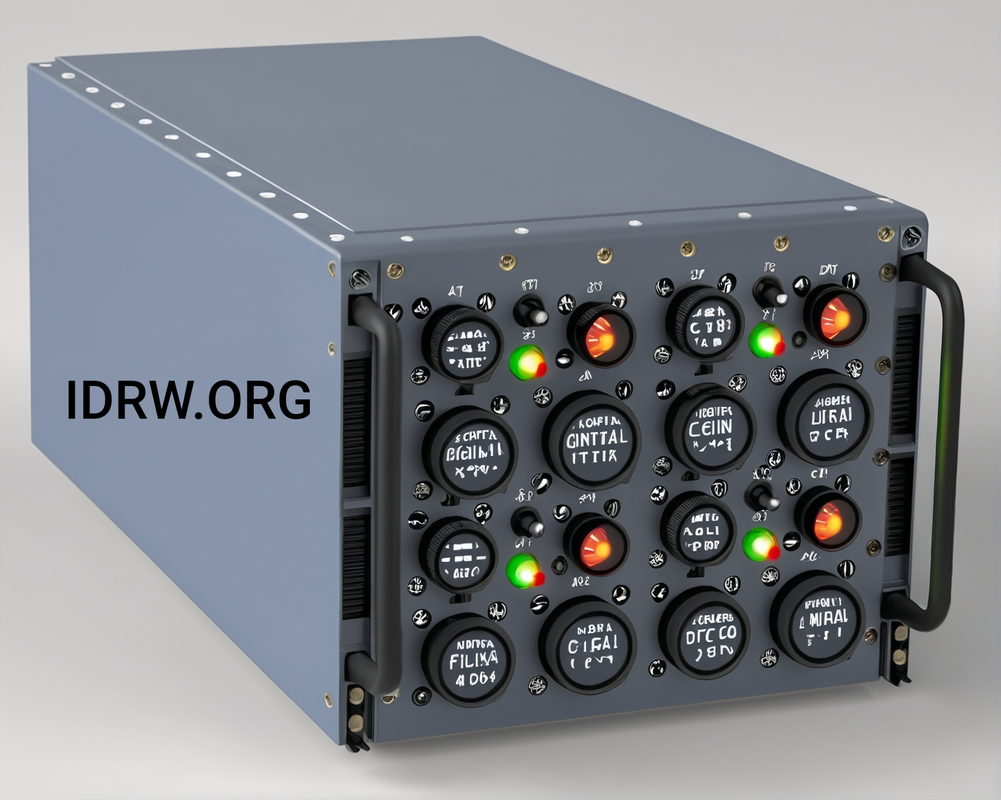

The Aeronautical Development Establishment (ADE) is developing a cutting-edge Digital Flight Control Computer (DFCC) for India’s 5th generation Advanced Medium Combat Aircraft (AMCA) fighter jet program. This next-gen DFCC will feature a core processor offering nearly 25 times the computing power of the DFCCs seen on the Tejas Mk1A and the upcoming Tejas MkII aircraft.
In a modern fighter jet, the DFCC plays a crucial role in managing flight control systems and ensuring the aircraft’s stability, manoeuvrability, and overall performance. It acts as the brain behind the aircraft’s flight control operations, processing data from sensors and input devices and sending real-time commands to the aircraft’s control surfaces, engines, and avionics.
Continue readingSOURCE: IDRW.ORG.
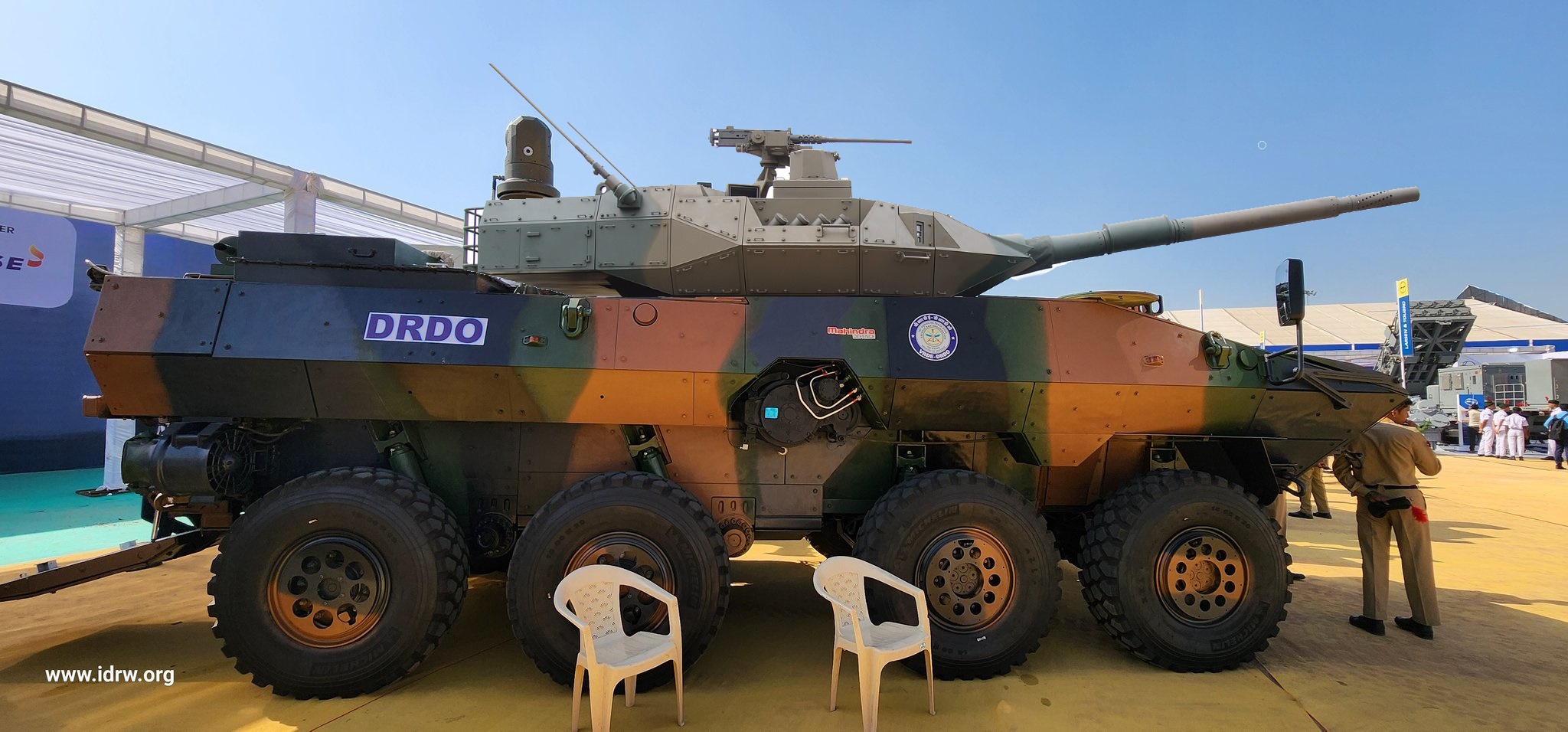

At the recent Marrakech International Air Show, Tata Advanced Systems Ltd (TASL) confirmed a significant contract with the Royal Moroccan Armed Forces to manufacture WhaP 8×8 armoured vehicles. The deal marks a major milestone in the defence relationship between India and Morocco. Tata prepares to deliver over 400 units of this versatile Armoured platform in various configurations to Morocco, with more than 150 being of the WhaP 8×8 type. The vehicles will be manufactured locally in Morocco, in partnership with local industry, strengthening Morocco’s defence manufacturing capabilities.
The Moroccan version of the WhaP 8×8 has been adapted to meet the specific operational needs of the Royal Moroccan Armed Forces. Unlike the amphibious Indian version, the Moroccan WhaP variant has had its amphibious capabilities removed, a modification that not only extends its operational range but also allows for an expanded and optimized troop transport compartment. The redesigned compartment offers improved space and comfort, enabling it to carry more personnel or equipment.
Continue readingSOURCE: IDRW.ORG


The Indian Navy, through the iDEX DISC 12 Challenge, is seeking private sector companies to participate in the design and development of a cutting-edge Underwater Smart Communication Buoy for passive surveillance and data transmission in open sea environments. This innovative initiative aligns with the broader goals of enhancing indigenous defence capabilities under the Atmanirbhar Bharat program, aiming to reduce reliance on foreign technology and promote domestic solutions for critical defence systems.
The Underwater Smart Communication Buoy is being designed for passive underwater surveillance at depths of up to 200 meters. It will surface at regular intervals to transmit critical acoustic data to a base station through satellite communication. The buoy is intended to operate autonomously, collecting and analyzing data while remaining in the open seas for up to 90 days without human intervention.
Continue readingSOURCE: RAUNAK KUNDE / NEWS BEAT / IDRW.ORG


German Chancellor Olaf Scholz is steering a renewed campaign for India to procure Eurofighter Typhoon jets for the Indian Air Force (IAF) under its Multi-Role Fighter Aircraft (MRFA) tender for 114 jets. The move comes after the Eurofighter Typhoon lost out to the Dassault Rafale in India’s previous Medium Multi-Role Combat Aircraft (MMRCA) competition, where the Typhoon was declared L2 (second lowest bidder) and the Rafale emerged as the L1 (lowest bidder).
The Eurofighter Typhoon, built by a consortium consisting of Airbus, BAE Systems, and Leonardo, is a multi-role fighter jet involving four key European nations—Germany, the UK, Italy, and Spain. Although the UK is currently leading discussions with potential buyers, any sale of the Eurofighter requires approval from all four consortium nations, each of which has the power to veto the transaction. Chancellor Scholz has reportedly emphasized to Eurofighter consortium officials the importance of aggressively pursuing the MRFA tender to secure a deal with India.
Continue readingSOURCE: RAUNAK KUNDE / NEWS BEAT / IDRW.ORG


Israeli defence firm Elbit Systems has proposed a joint development initiative with India to create a new Medium Altitude Long Endurance (MALE) or High Altitude Long Endurance (HALE) Unmanned Aerial Vehicle (UAV) for the Indian Armed Forces. This offer comes at a critical time, as India’s indigenous UAV programs face delays and challenges.
The proposal follows an agreement between General Atomics and India, under which the U.S. firm will serve as a consultant for the Defence Research and Development Organisation’s (DRDO) Aeronautical Development Establishment (ADE) in its HALE UAV program.
Continue readingSOURCE: RAUNAK KUNDE / NEWS BEAT / IDRW.ORG
3FVT.jpg)

The Supersonic Missile-Assisted Release of Torpedo (SMART) system, developed by the Defence Research and Development Organisation (DRDO), has drawn significant interest from South-Asian and East Asian nations, according to a DRDO official who spoke to idrw.org. As DRDO moves closer to concluding development trials of this hybrid missile system, it is seen as a promising solution for nations seeking effective anti-submarine warfare (ASW) capabilities without the need to heavily invest in expensive submarines or warships.
The SMART system has been designed as a canister-based missile that combines supersonic speed with a lightweight torpedo payload. The missile consists of advanced technologies, including two-stage solid propulsion and precision inertial navigation. Once fired, the missile travels at supersonic speeds and, upon nearing the target area, releases a torpedo via a parachute-based mechanism. This hybrid approach enables fast and precise delivery of the torpedo, making it highly effective in neutralizing underwater threats.
Continue readingSOURCE: IDRW.ORG.


The Defence Research and Development Organisation (DRDO) is currently working on the development of an advanced system known as the Electro-Optical Soldier System (EOSS). This innovative project is designed to enhance battlefield awareness, providing a comprehensive suite of tools for reconnaissance, surveillance, and combat engagement. The system aims to improve the effectiveness of ground soldiers by enabling remote control and real-time intelligence gathering, which can be crucial in high-risk combat zones.
The EOSS consists of four mobile platforms that are interconnected through a secure wireless networking scheme. These platforms can be operated remotely from a distant control station, offering flexibility and safety for soldiers in challenging environments.
Continue readingSOURCE: IDRW.ORG


Indian robotics and AI company Gridbots has introduced the Gridbots BAT, an advanced gunshot direction-finding system designed to accurately detect and pinpoint the source of gunfire. This state-of-the-art system offers an exceptional accuracy of ± 5 degrees in both elevation and azimuth, as well as a distance precision of ± 4% FS, making it a crucial tool for security forces, military units, and law enforcement agencies.
BAT stands out for its unique ability to not only detect gunshots but also differentiate between various gunfire types. This selectivity allows operators to focus on specific frequencies or gunshots, filtering out irrelevant noises in complex environments.
Continue readingSOURCE: RAUNAK KUNDE / NEWS BEAT / IDRW.ORG
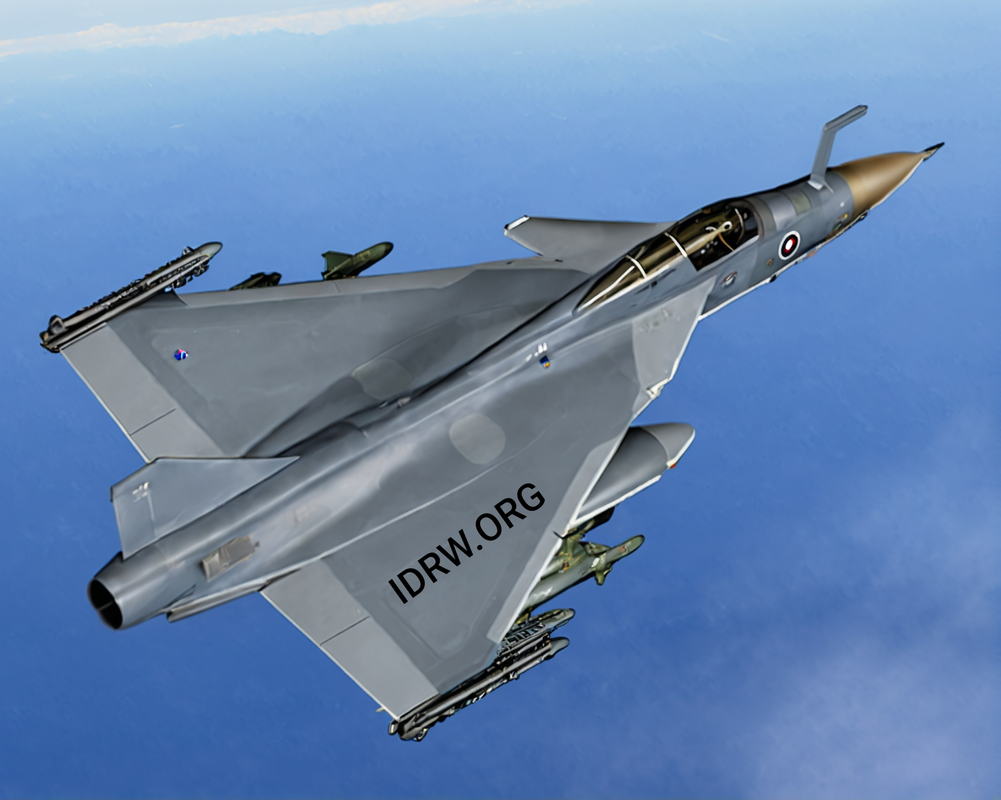

India’s Aeronautical Development Agency (ADA) is working diligently to ensure that the upcoming Tejas MkII fighter jet will closely match the capabilities of the highly regarded Dassault Rafale in several key areas. Sources close to the program, speaking to idrw.org on the condition of anonymity, revealed that the Rafale serves as a benchmark for engineers and designers involved in the Tejas MkII project.
The goal is to produce a fighter aircraft that can not only exceed the performance of the Mirage-2000 but also approach the advanced capabilities of the Rafale—a fighter that is considered one of the most formidable in service with the Indian Air Force (IAF).
Continue readingSOURCE: RAUNAK KUNDE / NEWS BEAT / IDRW.ORG

German shipbuilder ThyssenKrupp Marine Systems (TKMS) has informed the Indian Navy that its lithium-ion battery technology, developed in-house since 2015, will be installed and validated by around 2028. This battery system is being offered as part of the proposal for India’s Project-75I (P-75I), a submarine procurement program aimed at bolstering the Navy’s underwater capabilities. The lithium-ion battery technology is set to be integrated into TKMS’s T-214NG (Next-Generation) submarine design, which the company has pitched to India.
TKMS has been at the forefront of developing next-generation submarine batteries, starting research in 2015 and achieving the first major breakthrough in 2019, when the company conducted its initial tests. , TKMS plans to install the battery on the German Navy’s U-212A submarine, which will serve as a testbed.
Continue readingSOURCE: RAUNAK KUNDE / NEWS BEAT / IDRW.ORG
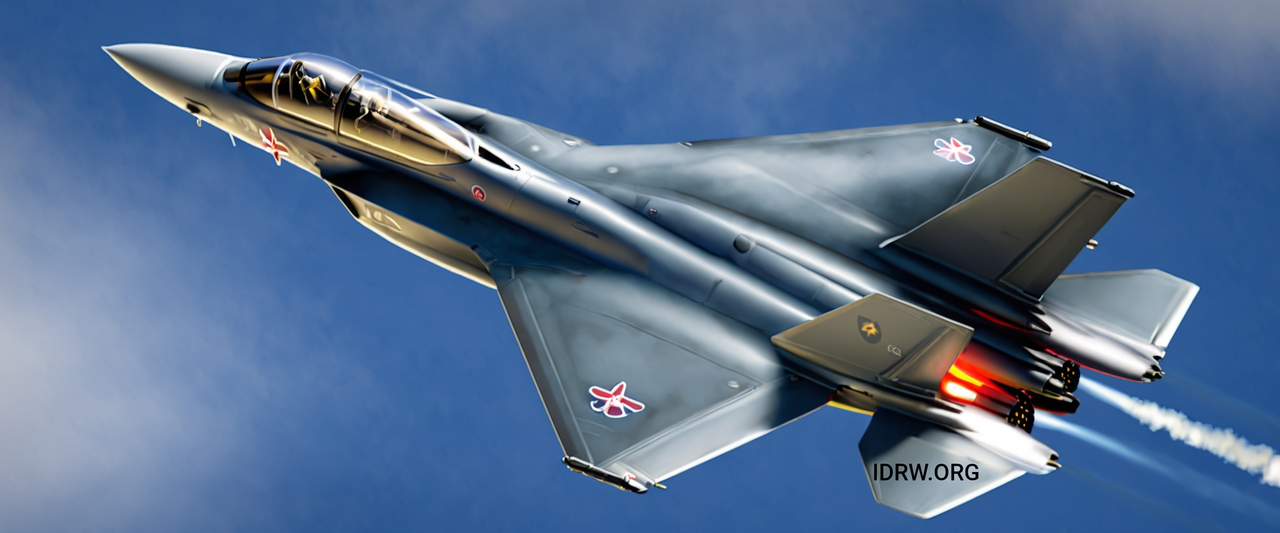

The Advanced Medium Combat Aircraft (AMCA) project, India’s ambitious attempt to develop an indigenous fifth-generation stealth fighter jet, is currently estimated to require an initial budget of ?15,000 crore ($1.8 billion). Spearheaded by the Aeronautical Development Agency (ADA) in collaboration with Hindustan Aeronautics Limited (HAL) and other key industry partners, this program is critical to the Indian Air Force (IAF) for future air combat capabilities.
However, high-ranking official sources close to idrw.org believe that the initial allocation will likely be insufficient for the full development and production of the aircraft, especially considering the technological and infrastructure challenges.
Continue reading